The "horseman" temple
From Nam Dinh city, follow National Highway 21 about 30km to reach the center of Xuan Truong district, go another 7km to reach Hanh Thien village (Xuan Hong commune, Xuan Truong district, Nam Dinh province).
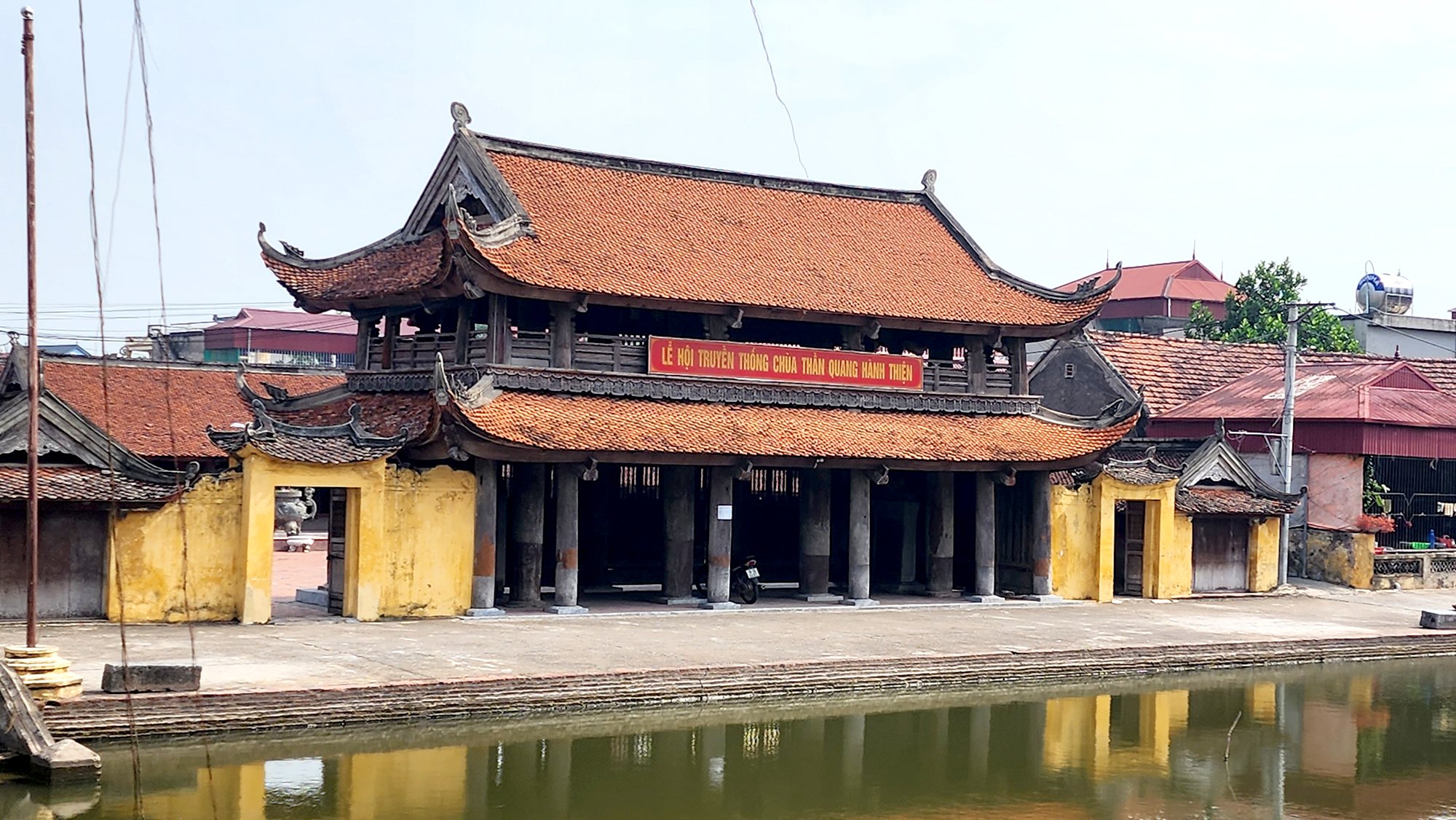
Than Quang Pagoda has no abbot; all the care and service at the pagoda are undertaken by the temple keepers.
Hanh Thien is located at the confluence of the Red River and the Ninh Co River, bordering Vu Thu District (Thai Binh) and Truc Ninh District (Nam Dinh), which are famous for their tradition of studiousness. This place also arouses curiosity among visitors from afar because Than Quang Pagoda (also known as Keo Hanh Thien Pagoda) has no abbot or monks.
In front of the temple gate, two ancient banyan trees nearly four hundred years old reflect their shadows on the lake surface, two corridors of forty ironwood rooms, fish-scale tiled roofs running lengthwise, the temple yard is paved with slanted bricks, each tile is solid with the color of old fire.
Leading reporters to visit the ancient pagoda, Mr. Dang Ngoc Ky, Deputy Head of the Keo Hanh Thien Pagoda Relic Management Board, said that because there were no monks, the villagers elected temple keepers, who took turns day and night to look after and care for the pagoda and guide visitors to the pagoda.
Between 1075 and 1915, Hanh Thien village had 352 people who passed the imperial examinations, bachelor's degrees and bachelor's degrees, the highest number in the country. Even during the modern learning period until now, the village has 274 people with doctoral degrees, including nearly 80 professors and associate professors.
According to Mr. Ky, the first vestiges of Keo Pagoda were in Dung Nhan village (also known as Keo village, in Giao Thuy district, Nam Dinh). In 1061, Zen master Khong Lo (a mandarin who was both a civil and military mandarin during the Ly dynasty, who was talented in medicine and treatment) built Nghiem Quang Pagoda along the Red River. Over time, the Red River gradually eroded the pagoda's foundation; in 1611, a great flood swept away both the village and the pagoda.
Keo villagers had to leave their homeland, half of them crossed the river to settle in the Northeast of the left bank of the Red River (later built Keo Thai Binh Pagoda); the other part went down to Xuan Truong area, built Keo Hanh Thien Pagoda (Than Quang).
According to legend, when Zen Master Khong Lo built Than Quang Pagoda, the villagers were not very interested in incense and Buddha statues, which made the Holy Ancestor angry. In one night, the Holy Ancestor wove countless bamboo baskets and put all the Buddha statues in them. He took off his hat and made a boat to cross the Red River to Thai Binh, bringing all the Buddha statues to the new land. Then, after one night, when the villagers of Duy Nhat (Vu Thu district, Thai Binh) woke up, they saw the pagoda standing tall. The Holy Ancestor left the old pagoda with a curse: no monks would come to live in Hanh Thien land. Since then, Than Quang land has been "famous" as a land of monks.
According to the elders in Hanh Thien village, many times, the monks assigned by the Buddhist Church to take care of Than Quang pagoda, for unknown reasons, packed up and left after a few days.
Mr. Nguyen Quang Chan (79 years old, resident of Hanh Thien pagoda hamlet, Xuan Hong commune) said that from ancient times until now, all the care and service of the Buddhist pagoda at Than Quang pagoda has been undertaken by the people of Hanh Thien village. The temple keeper must follow the "father-to-son" model. From father to son, the next generation inherits from the previous generation.
"Previously, the temple was passed down from grandfather to father, father to son, son to grandson, about seven or eight generations. However, there has been a change, each year there are up to 30 temple keepers taking turns, each temple keeper maintains the position for 15 days," said Mr. Chan.
At the temple, there is still a statue of Zen Master Khong Lo. According to legend, Zen Master Khong Lo was originally from the Duong family, born into a fisherman's family, and became a monk under Zen Master Loi Ha Trach. Legend has it that when he attained enlightenment, Zen Master Khong Lo had the ability to fly in the air, walk on water, and tame snakes and tigers.
"Legend also says that before he passed away, he turned into a piece of agarwood, covered it with a robe, and the piece of wood turned into a statue. This holy statue is still kept in the inner palace of Than Quang Pagoda, with the door locked all year round. Every 12 years, a master of ceremonies and four attendants are appointed to perform the ceremony to decorate the holy statue.
Those assigned to perform this solemn ritual must fast, wear new clothes, and after bringing the holy statue out of the palace, use coconut water mixed with grapefruit essence to bathe and repaint the statue. They are forced to keep secret what they saw during the decoration," said Mr. Ky.
Village of learning
Hanh Thien village has long been famous for its tradition of studiousness, is a land of "spiritual people", the hometown of the late General Secretary Truong Chinh and many famous people in history.
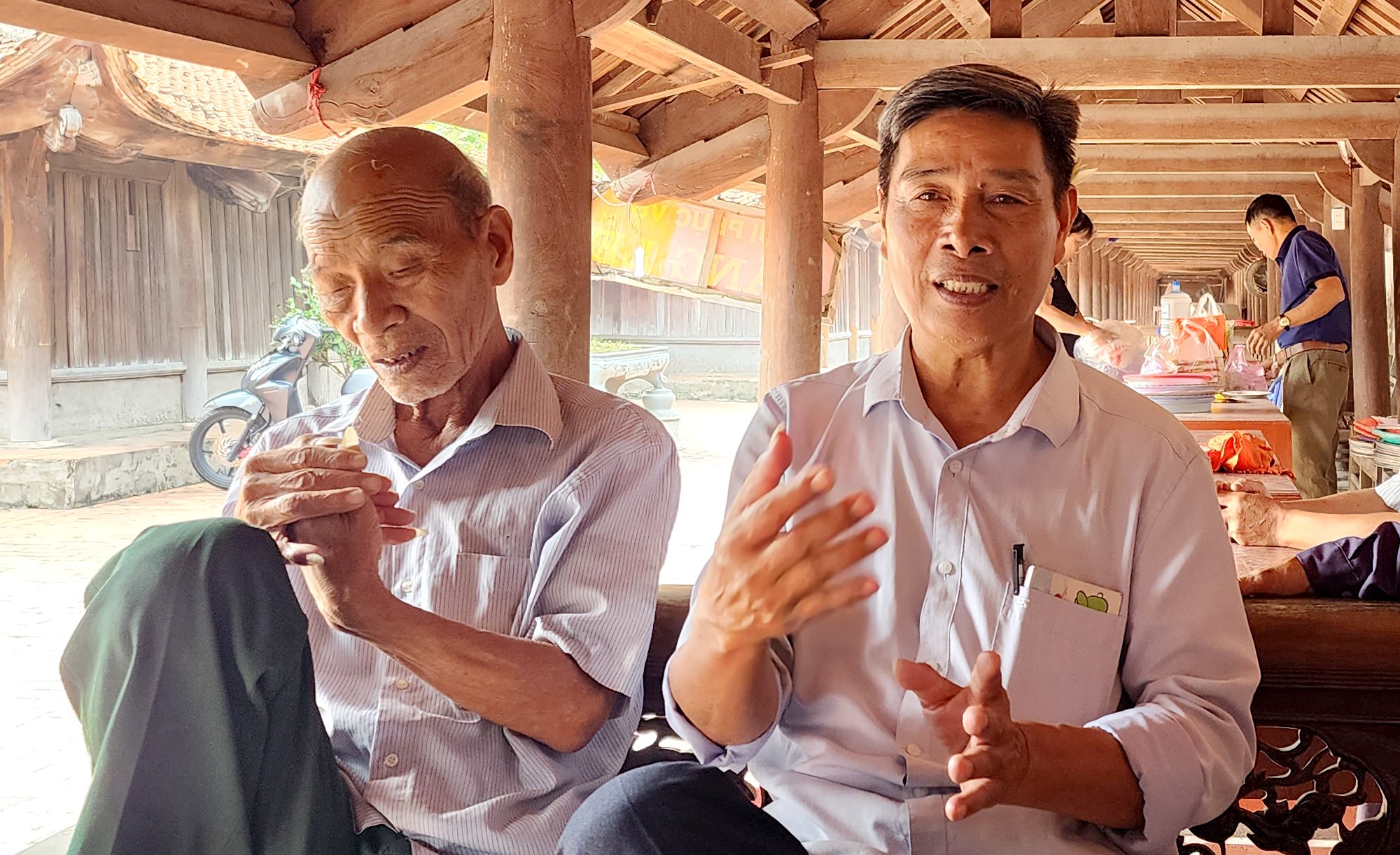
Mr. Dang Ngoc Ky, Deputy Head of the Hanh Thien Pagoda Relic Management Board, spoke with Giao Thong Newspaper reporters.
Hanh Thien village is surrounded by two branches of a river. Seen from above, the two branches of the river act as borders separating the village from the surrounding land. On the map, Hanh Thien village appears clearly with the image of a giant carp, its head facing south, its tail curving north.
The village is divided into 14 hamlets, equivalent to 14 segments on the carp's body, each hamlet is exactly 60m apart. The bridges around the village are also built in positions corresponding to the fins on the fish's body, at the head of the fish there is also a well, the water is clear so it is called the Fish Eye Well. In the middle of the fish's head is the word Mieu, which is the temple to worship the village's founder, a little further down is the word Thi, which is the market, a crowded gathering place.
Today, the village basically retains its original shape, with only changes in architecture. The rows of houses are straight, the roads are spacious and clean, and on both sides of the river are rows of cool green willow trees winding around the village.
Mr. Nguyen Dang Hung, former Principal of Xuan Truong District Gifted School, Head of Hanh Thien Village Association for Promotion of Learning and Talents, said that every August, the association organizes an award ceremony for excellent students at the provincial, national and international levels to encourage students to strive in their studies.
Mr. Chan added that the only strange thing is that this land does not have any famous business tycoons, even though there are many teachers, doctors, military generals, scientists...
"In Hanh Thien village, people often teach their children to study to be human, to be teachers of the sages, to be doctors to save people and the world, not just to study to become officials. And once they become officials, their family always thoroughly teaches them that once they become officials, they must be honest officials," Mr. Chan shared.
Source


![[Photo] Looking back at the impressive moments of the Vietnamese rescue team in Myanmar](https://vstatic.vietnam.vn/vietnam/resource/IMAGE/2025/4/11/5623ca902a934e19b604c718265249d0)
![[Photo] "Beauties" participate in the parade rehearsal at Bien Hoa airport](https://vstatic.vietnam.vn/vietnam/resource/IMAGE/2025/4/11/155502af3384431e918de0e2e585d13a)






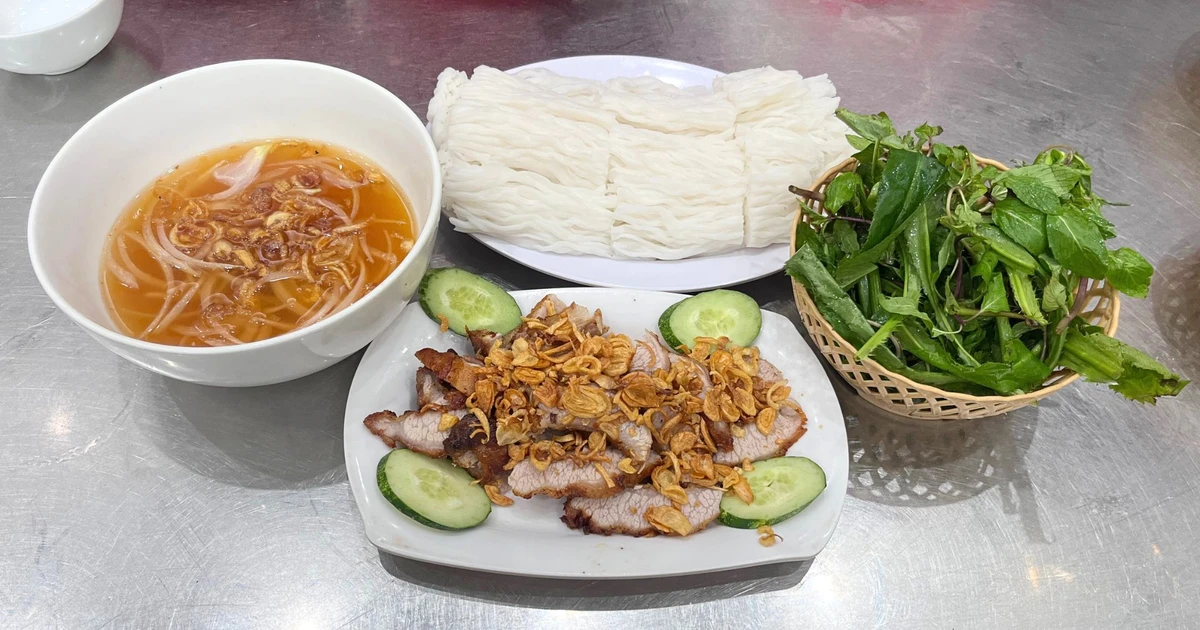

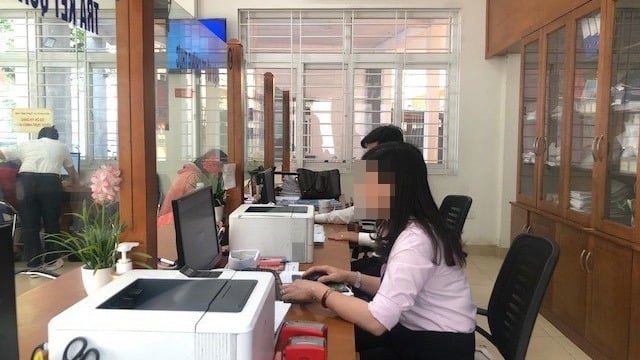

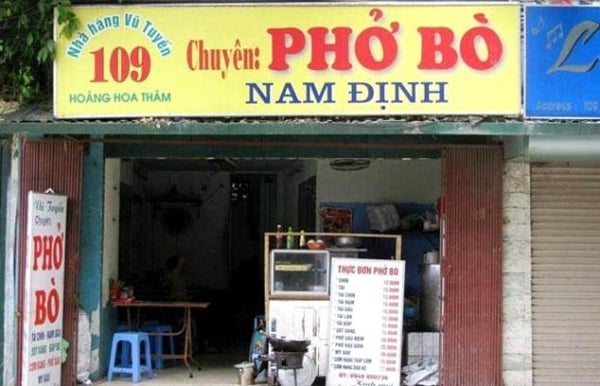

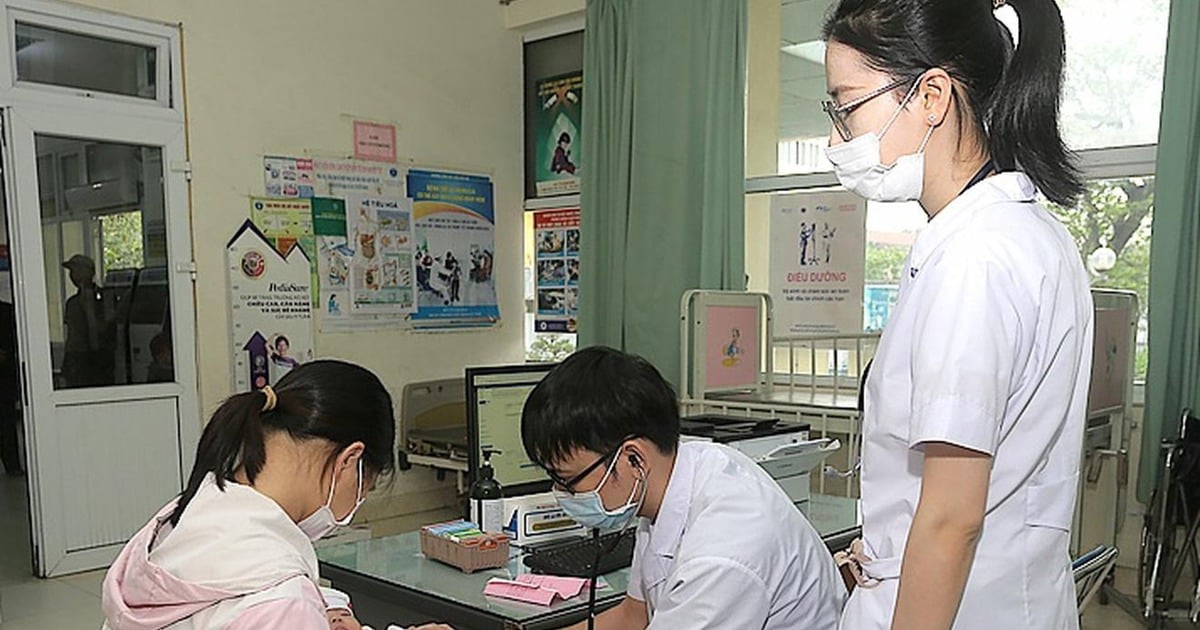
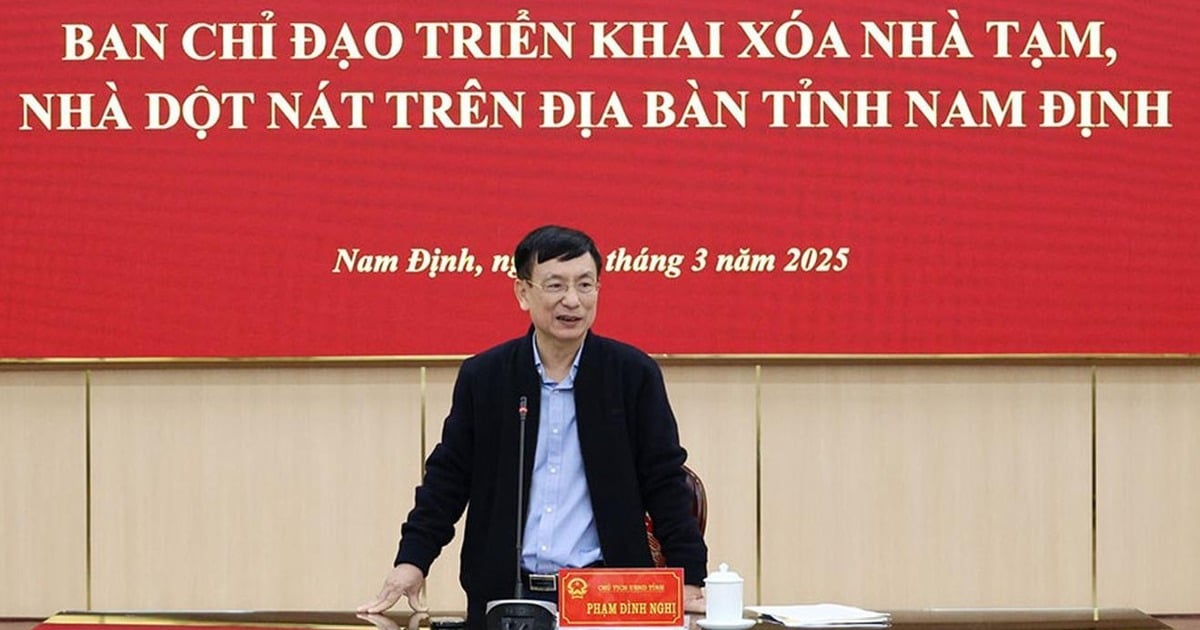

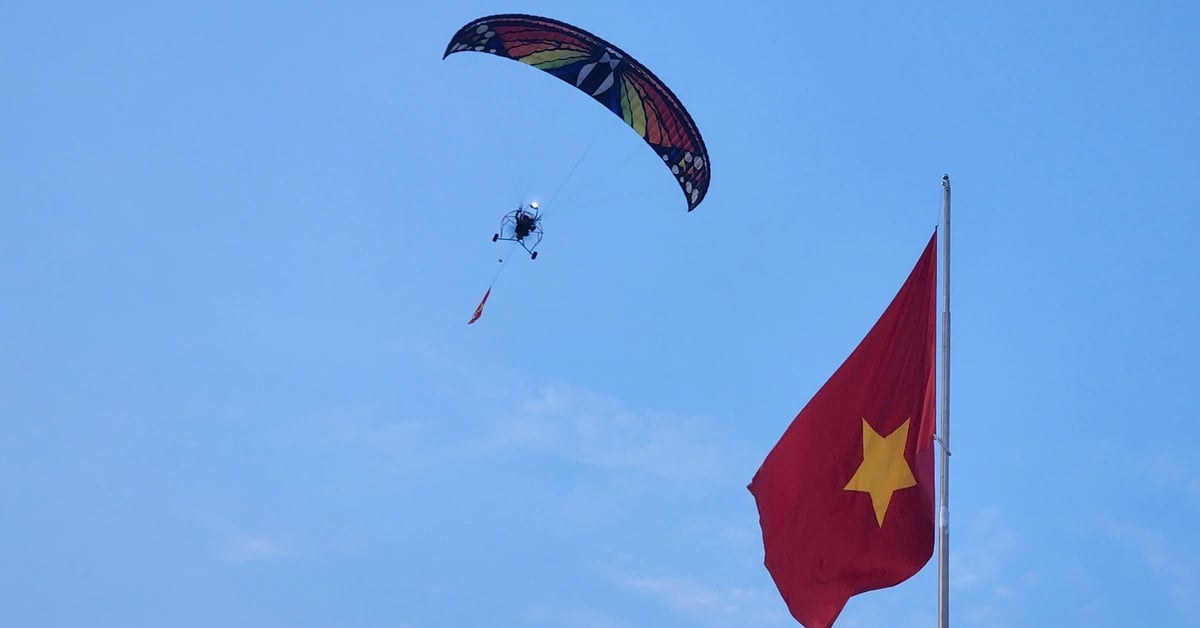
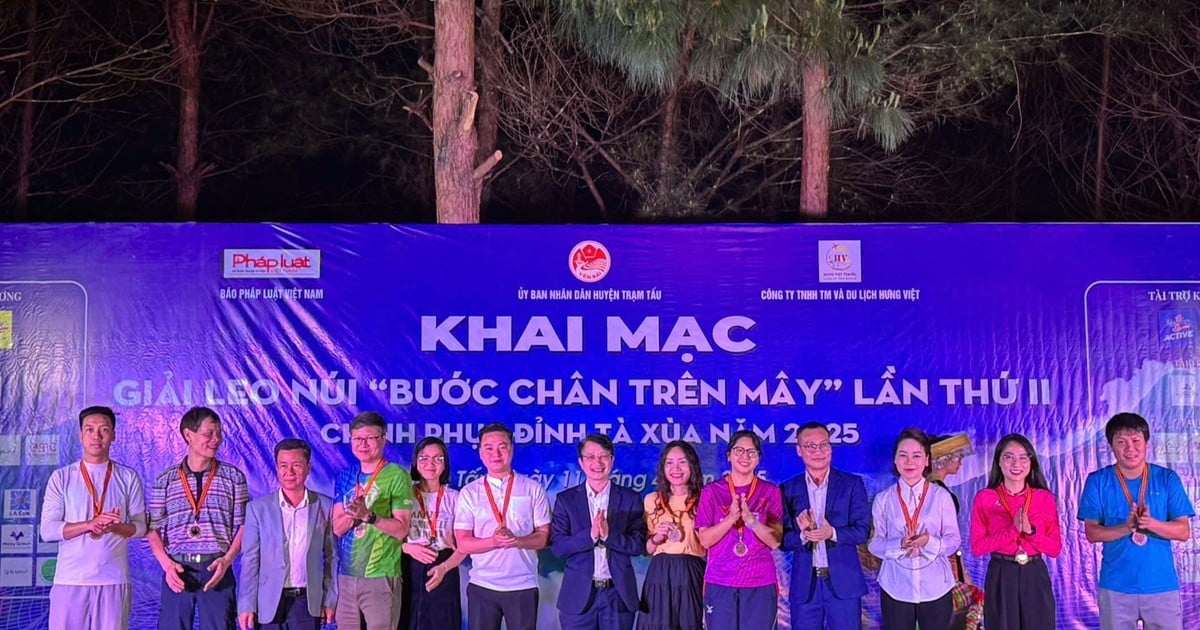
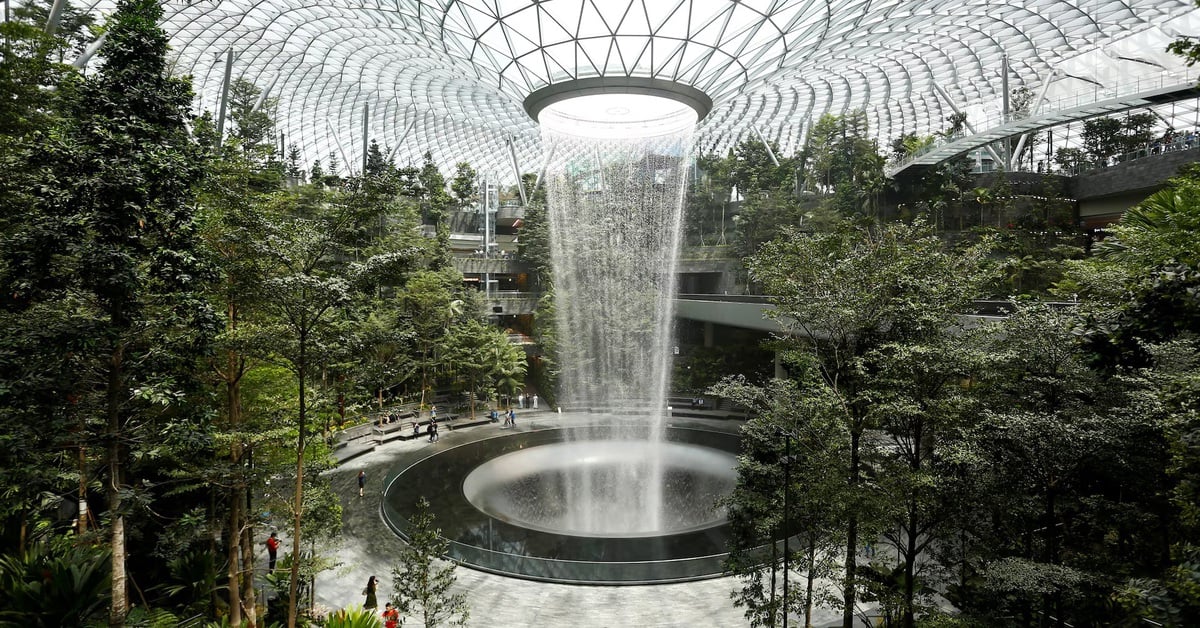

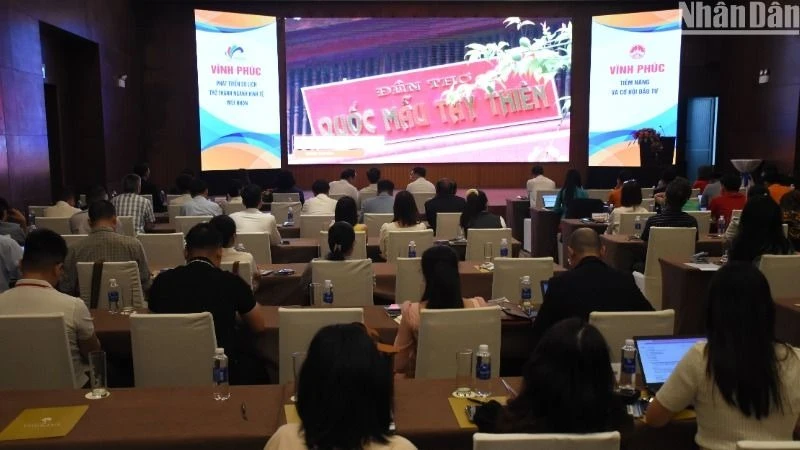







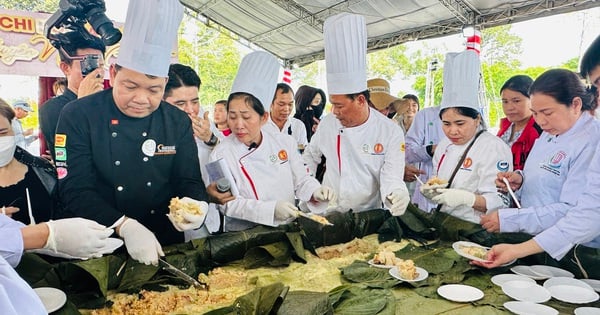
![[Photo] Summary of parade practice in preparation for the April 30th celebration](https://vstatic.vietnam.vn/vietnam/resource/IMAGE/2025/4/11/78cfee0f2cc045b387ff1a4362b5950f)









































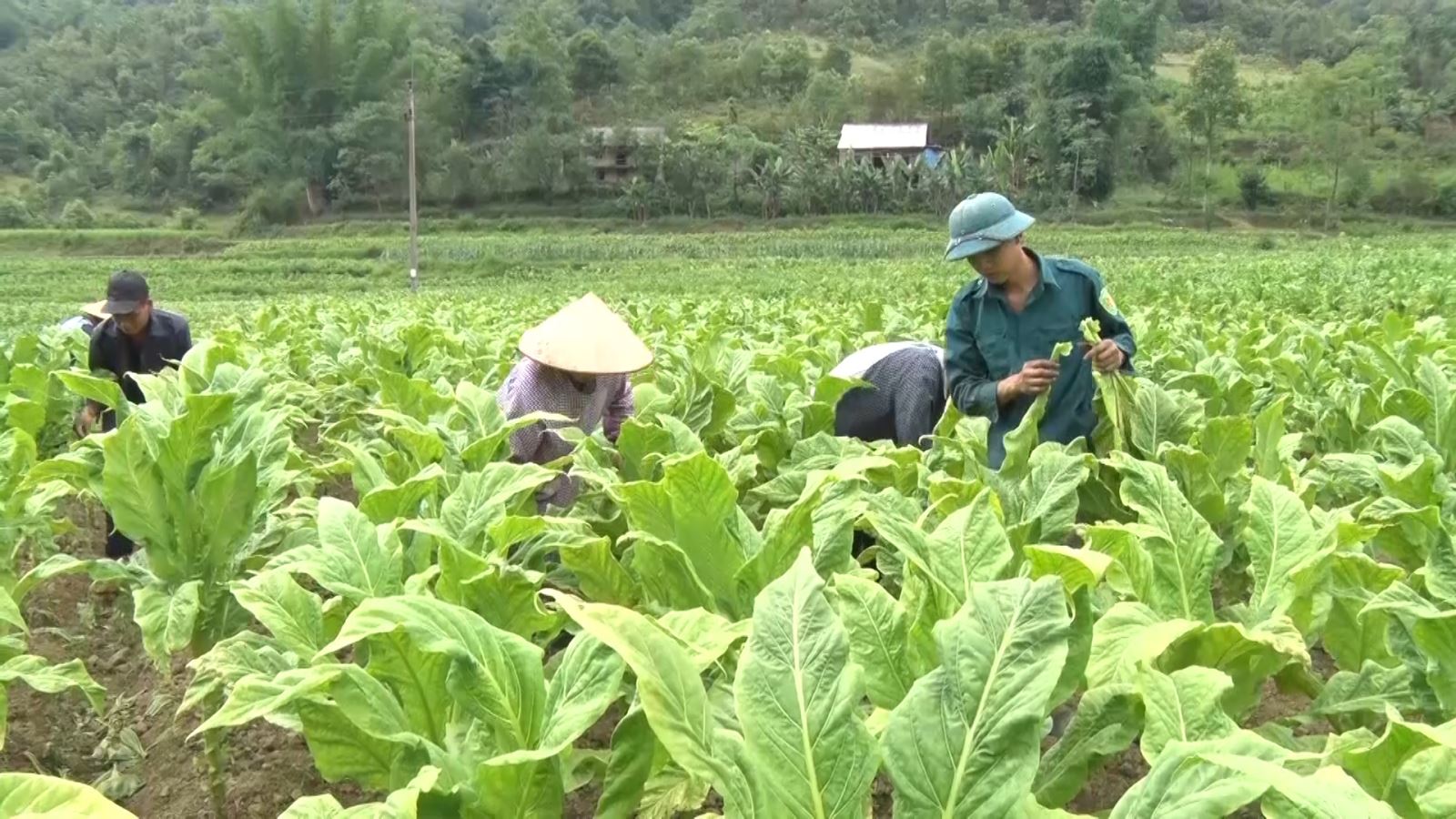




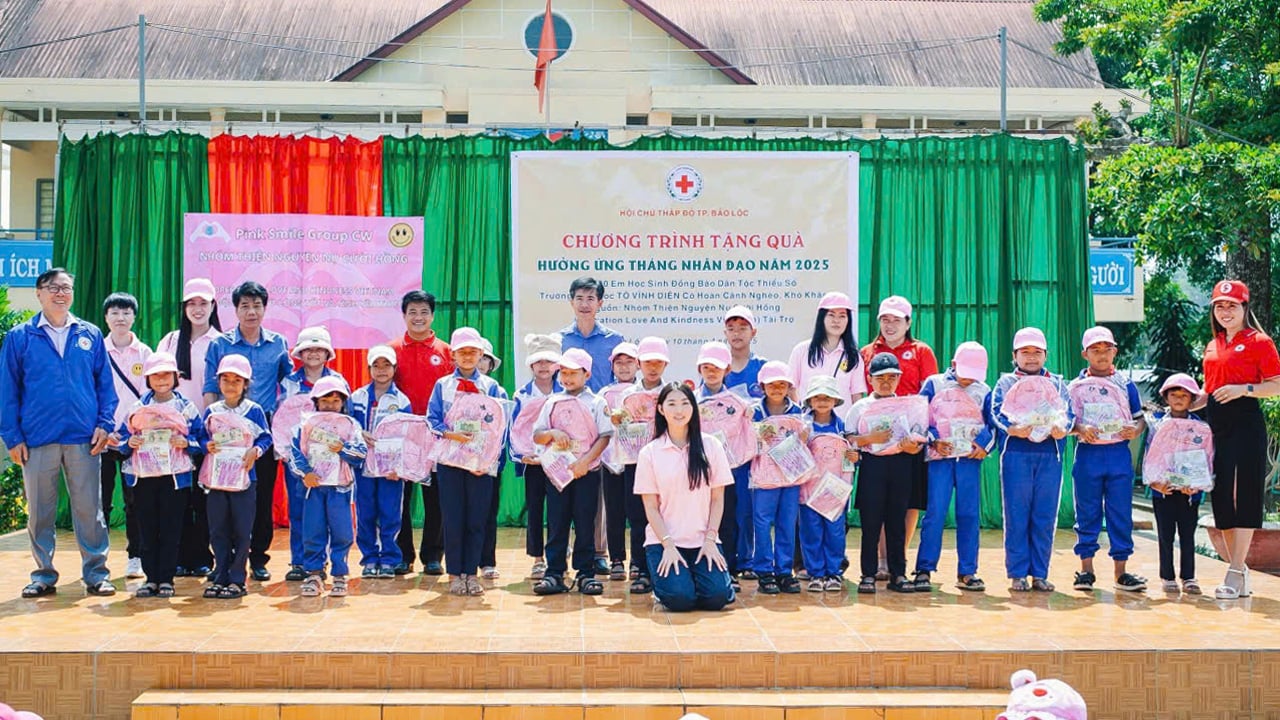













Comment (0)